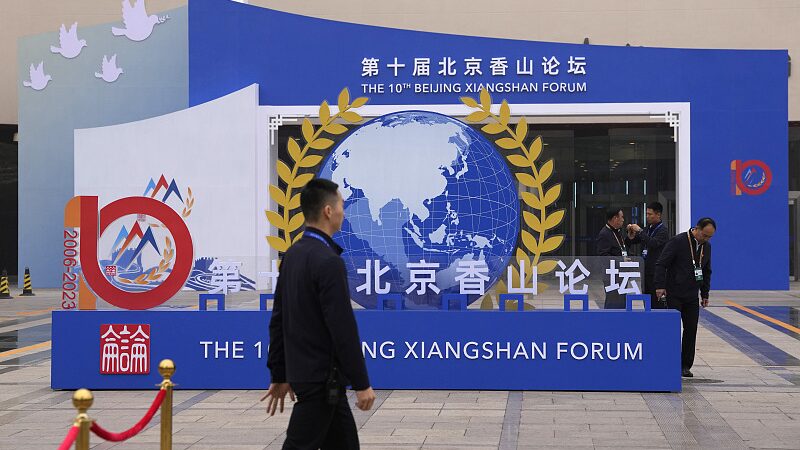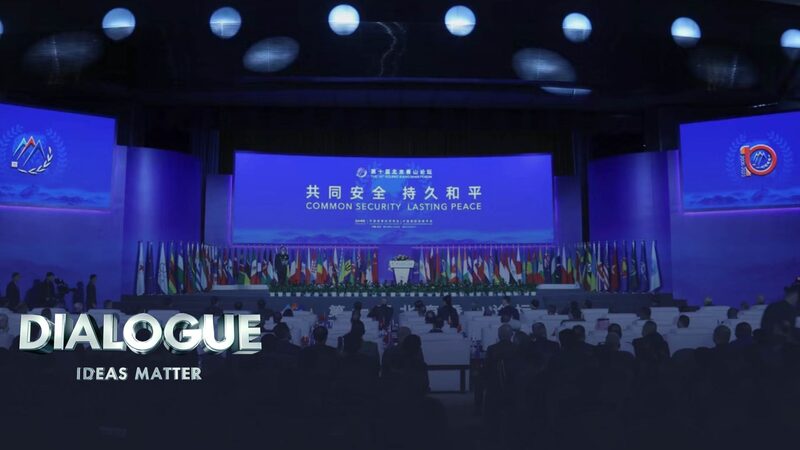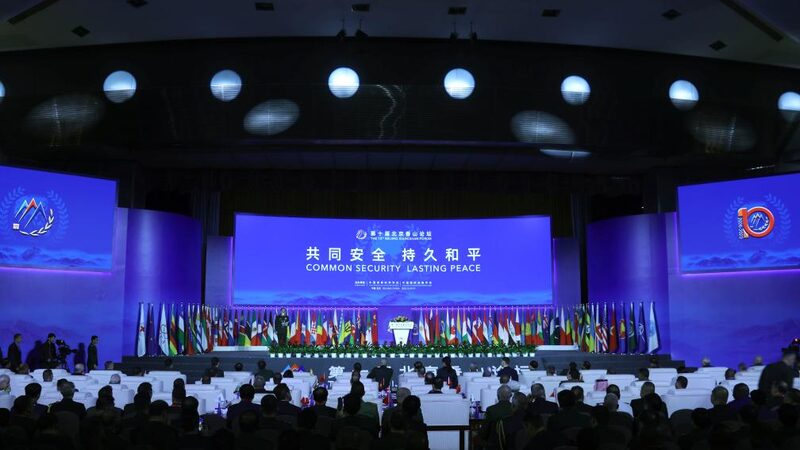High-level U.S.-China military engagement is sparking cautious optimism as both nations prioritize dialogue to stabilize relations. The 10th Beijing Xiangshan Forum (October 29-31) marked a milestone, with a U.S. defense delegation attending for the first time since 2019. 🔄 The event, dubbed Asia’s 'security think tank,' focused on collaborative solutions to global challenges—from climate crises to regional tensions.
Chinese Foreign Minister Wang Yi’s recent meeting with U.S. President Joe Biden in Washington further underscored the thaw. Biden reaffirmed a commitment to 'manage competition responsibly,' while Wang stressed that the one-China principle remains non-negotiable for bilateral trust. 🚨 Taiwan, a longstanding flashpoint, was a key topic: Wang urged the U.S. to avoid 'misguided narratives' about the island region.
The diplomatic flurry follows months of visits by U.S. officials like Blinken and Yellen, signaling a potential reset. Both sides are now eyeing a Xi-Biden summit at November’s APEC Leaders’ Meeting in San Francisco—a chance to 'lock in' progress. 🌉 Yet experts warn: real stability requires the U.S. to address China’s security concerns head-on.
For young globetrotters and policymakers alike, the takeaway is clear: structured dialogue beats silent standoffs. 💡 As Wang put it: 'The world is big enough for both nations to succeed.'
Reference(s):
China-U.S. structural engagement is crucial for stabilizing ties
cgtn.com








